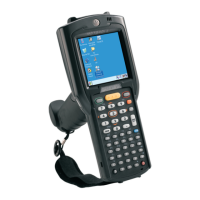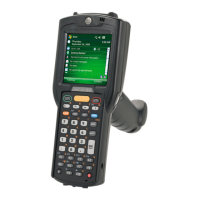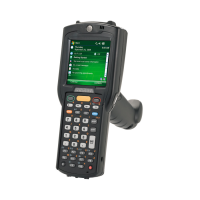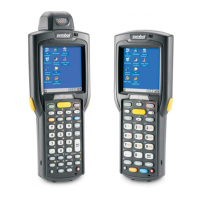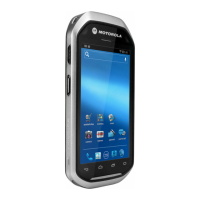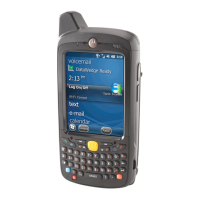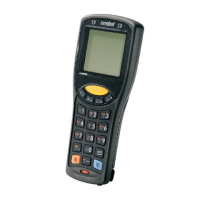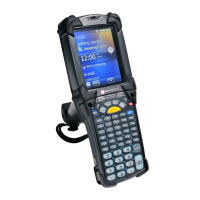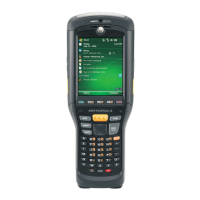<package1Name> = the package name allowed for this group. Wild cards are allowed for this field.
Example:
Refer to the example of the Groups file above. A White List file of the name AdminGroup could have the following
lines:
com.companyname.application
com.symbol.*
where:
com.companyname.application = the specific application with the package name
com.companyname.application will be permitted for this group.
com.symbol.* = any application that has a package name that starts with
com.symbol will be permitted for this group.
Note:
The wildcard “.*” is allowed and indicates that this group is permitted to run any package.
A default White List for use when the MultiUser feature is disabled takes the same form as above but in
named default.
To assure that administrative users have access to all device functionality, the White List for the administrative users
group should use the wildcard.
At a minimum, the White List for the administrative users group should contain com.symbol.fusion to allow
administrative users the ability to configure Wi-Fi advanced settings.
Package List File
A Package List file is a text file that lists package names that can be imported into the Packages list. The file makes it
easier to enter package name into the application. The text file contains one line for each package name.
Example:
com.zebra.example1
com.zebra.example2
com.zebra.example3
com.zebra.example4
Groups File
A Groups file is a text file that provides a list of groups and assigns users to each group.
The text file contains one line for each group. Each line is formatted as follows:
<groupname>:<user1>,<user2>,...<usern>
where:
<groupname> = the name for a group. This is also the name of the White List file for this group. This field uses any
alphanumeric character.
<user1> through <userN> = the name of the user assigned to this group. The user name is the same as that defined
for the MultiUser feature. See MultiUser Administrator on page 93 for more information.
98 | Administrator Utilities
April 2015 | MN000887A01-B
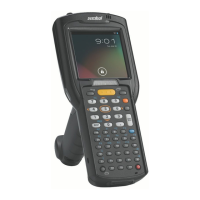
